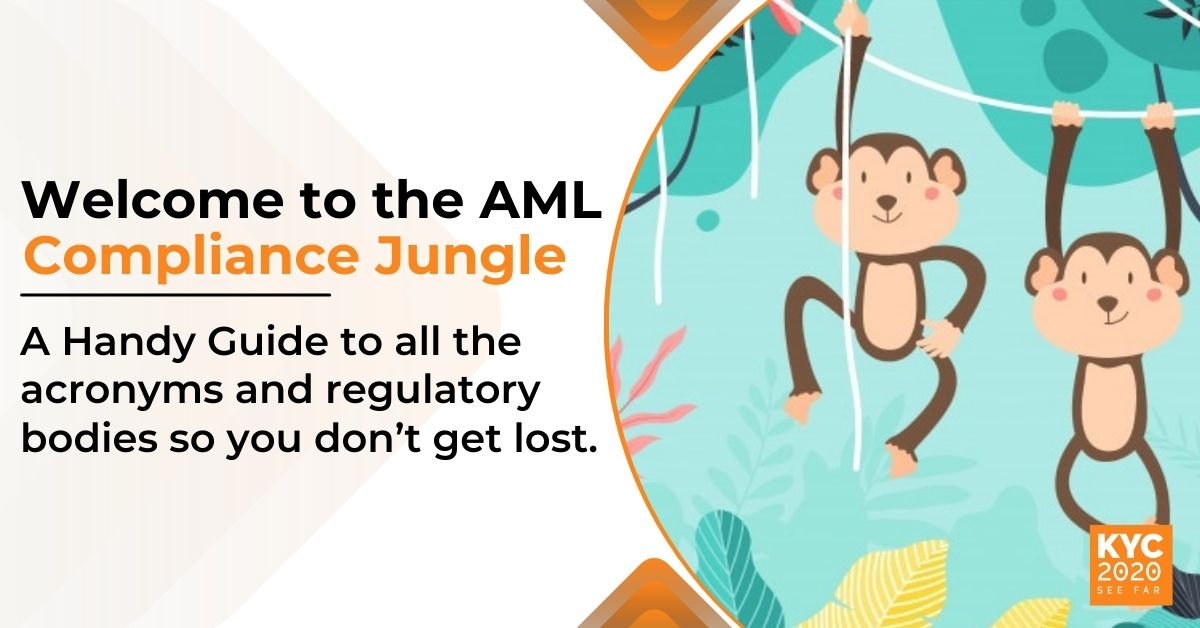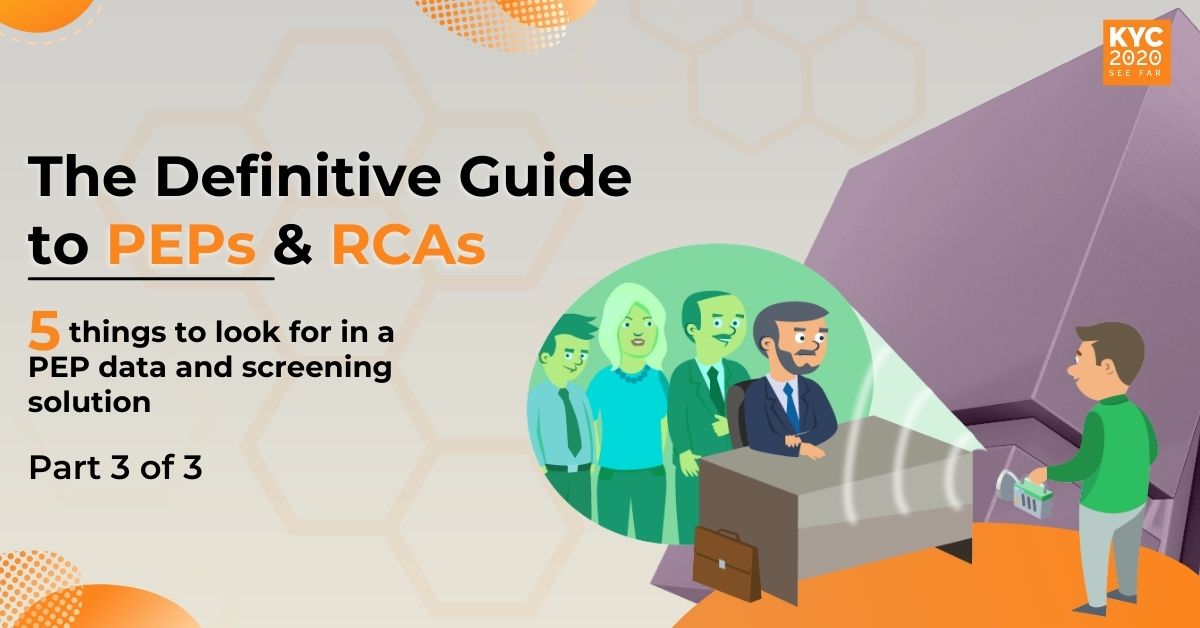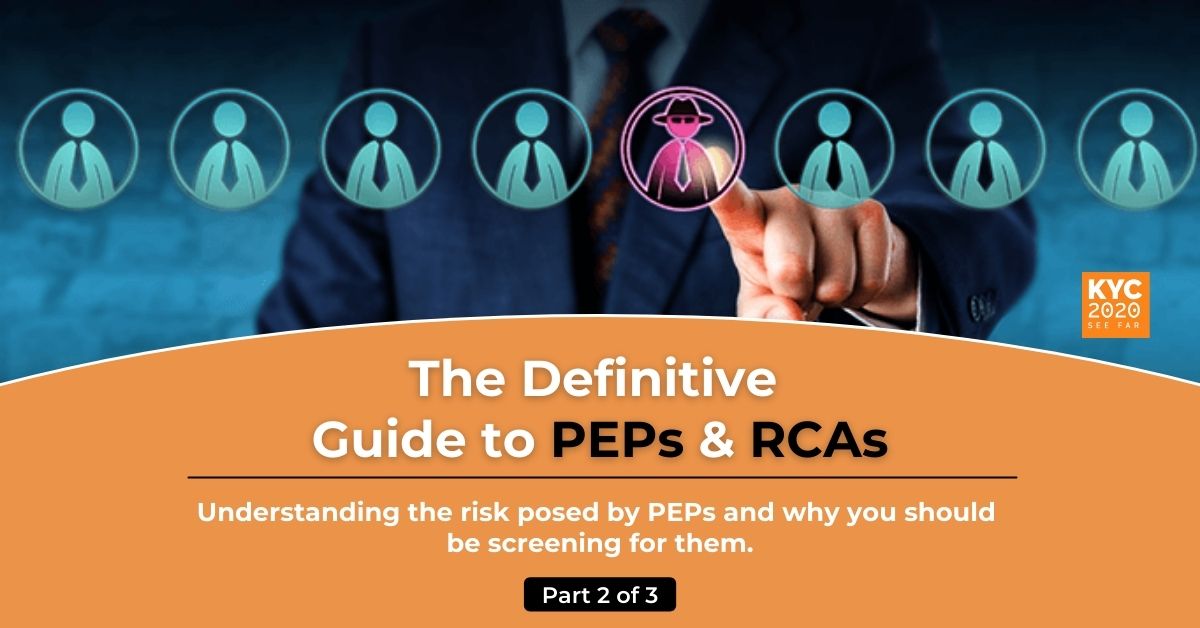In 2018, LexisNexis found that the total costs of AML Compliance for financial firms in the United States is approximately $25.3 billion per year of operation. Compared to a firm’s bottom line, small businesses pay the most at upwards of 0.83% of their total assets. So, where are these costs coming from? Typically they come from ten main sources:
- Internal technology costs
- External technology costs
- Performing audits
- General management for compliance
- Educating your customers
- Training your staff
- Monitoring and analyzing transactions
- Sanctions screenings
- Routine analysis of compliance
- Know Your Customer (KYC) procedures
Internal & External Technology
More often than not technology use lowers your overall costs for AML compliance. The most promising forms of technology that will quickly disrupt the entirety of AML compliance involves Artificial Intelligence and Machine Learning. As these technologies develop, they will alter the way all other technologies that aid in AML compliance operate. Unstructured data analysis technologies are already beginning to see uses for AI and Machine Learning. These technologies allow for the analysis and organization of unstructured data of any size. This will alleviate countless man-hours spent organizing data for input and analysis.
Performing Audits
The Federal Financial Institutions Examination Council recommends conducting an external audit every twelve to eighteen months at a minimum. An audit requires an external party to review your program documents, records, and training programs. Once this audit is completed, the auditor will go through their entire report with your AML Compliance Officer in an exit interview. Overall, audits accounted for 10% of all AML Compliance costs.
General Management for Compliance
With the increasing and changing regulations required for AML compliance, a general manager to oversee each of these moving parts has become almost a requirement. They schedule audits, organize compliance programs, oversee training, ensure appropriate records are kept, and coordinate all other requirements. On top of all this, they also actively seek out ways to reduce your costs in achieving AML compliance.
Educating Customers
To be fully compliant with all AML requirements, you’ll have to rely on your customers to create accurate reports for you. For them to be able to do this you’ll need to educate them on AML compliance issues regarding what they can and cannot do. Educating your customers helps you maintain compliance and lowers your overall costs by streamlining the way your customers submit information to you.
Training Your Staff
One of the most important aspects of ensuring AML compliance involves ensuring your staff fully understands all aspects of AML compliance. This does not only apply to your team that oversees AML compliance, but also includes any members of your staff that submits information to your AML compliance team. By training your staff on common pitfalls to compliance, you can quickly build a robust program to avoid any fees and ensure your business remains in good standing.
Monitoring & Analyzing Transactions
Transaction monitoring and analysis almost always comes in the form of a software that creates automatic reports for your AML Compliance Officer. It works by monitoring customer transactions combined with an analysis of historical information about the customer. This allows the software to determine customer risk levels, predict activity, generate reports, and identify suspicious activity. While transaction monitoring is not required everywhere in the world, it is quickly becoming a requirement. New York State and the European Union already require transaction monitoring with others quickly following suit.
Sanctions Screening
The purpose of sanctions screenings are to identify, prevent, and manage sanctions risks. How much a financial institution has to invest into sanctions screening analysis depends entirely on the individual financial institution’s risk levels. These risks include proximity to sanctioned countries, whether your customers are international or domestic, transaction volume, and your products and services. Depending on your assessment of these risks you may want to invest in sanction screening software to help your staff manage your risk.
Compliance Analysis
Regularly analyzing how well your business maintains AML compliance will ensure audits consistently report positive results. To make this analysis simple, include the intervals at which you will conduct these analysis within your overall AML compliance program. You can utilize software to help gather information and begin the analysis then have your compliance coordinator review the information to ensure full compliance with all requirements.
Know Your Customer (KYC) Procedures
KYC procedures involve verifying your customer’s identity and assessing the risk of them using your services for illegal purposes. Generally, these procedures include:
- Collecting and analyzing personally identifiable information, referred to as a Customer Identification Program or CIP.
- Screening customer identities against global watch-lists to find out if they are a Politically Exposed Person.
- Analyze the risks of a customer participating in money laundering, terrorist financing, or identity theft.
- Create customer profiles and assess their transactional behavior for suspicious activity.
- Monitor customer transactions and compare those transactions to predicted behavior to identify suspicious activity.
Reducing Your AML Compliance Costs
Simply put, the best way to reduce your costs of compliance involves partnering with experts in AML compliance to review your systems such as KYC2020. Once an expert understands what you currently do to achieve compliance they can suggest alternatives that will save time and money. This could be in the shape of new software or altering your program to speed up individual processes. The least expensive way to maintain compliance depends entirely on the individual organization, so how you can save money depends on you.








